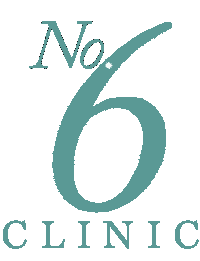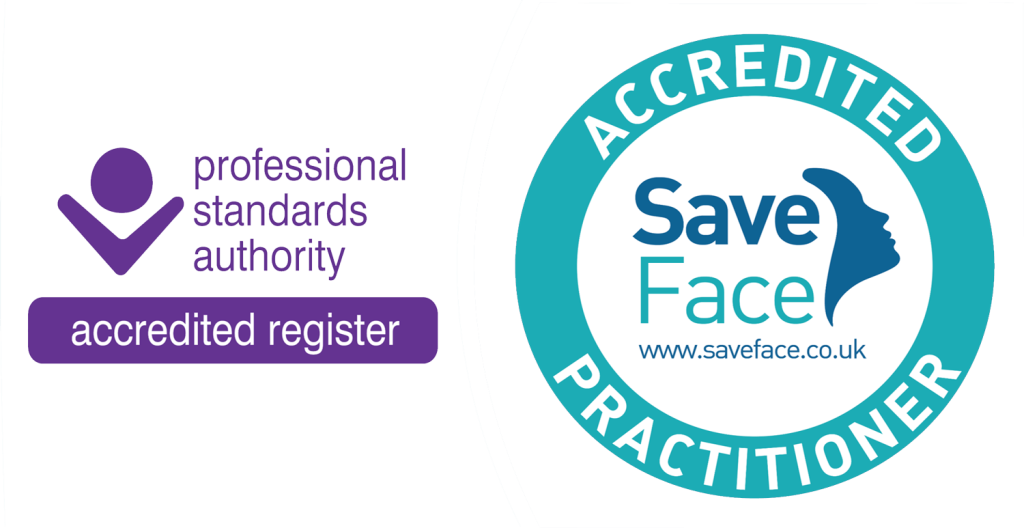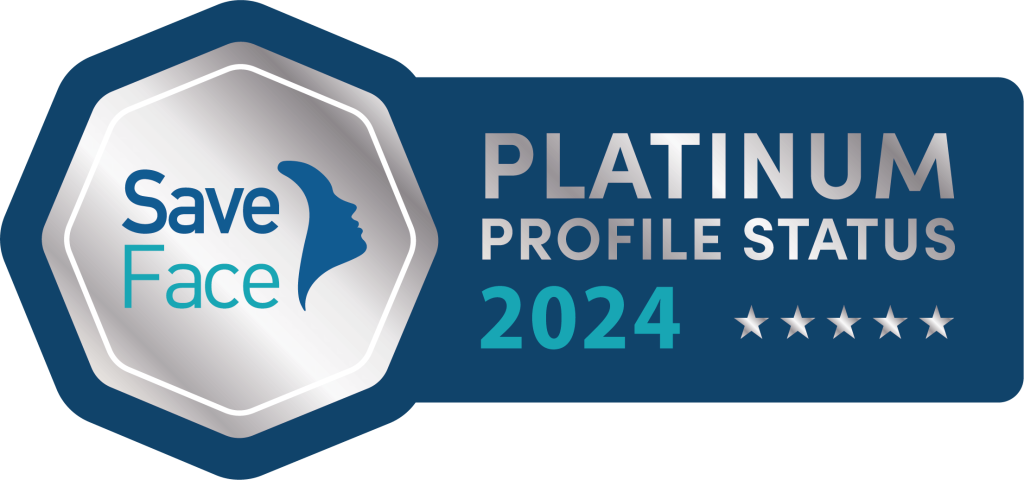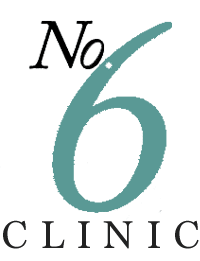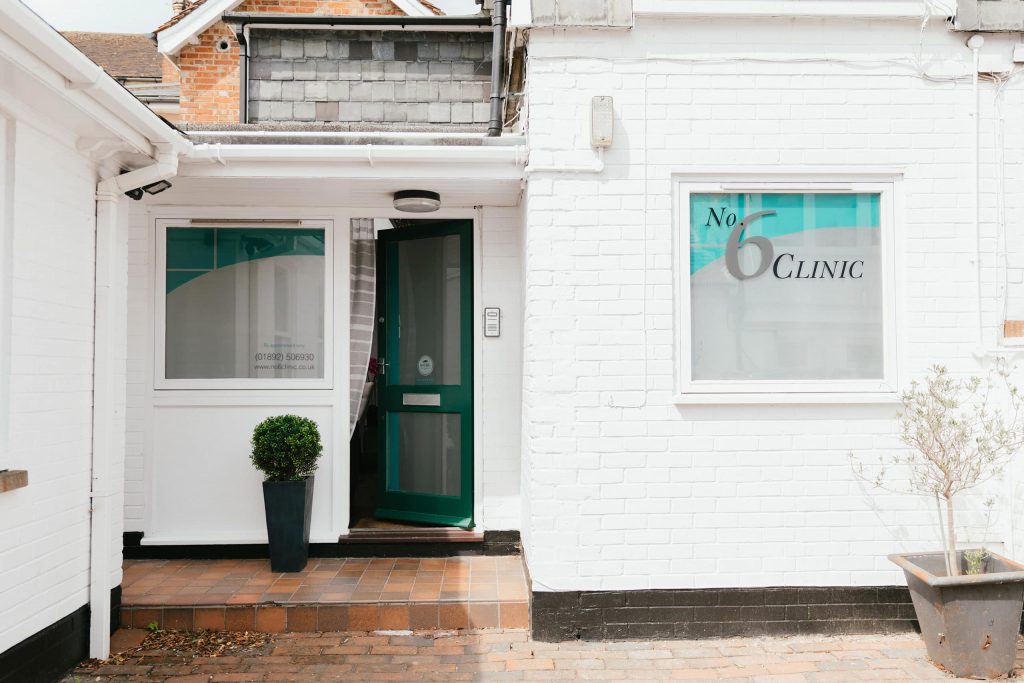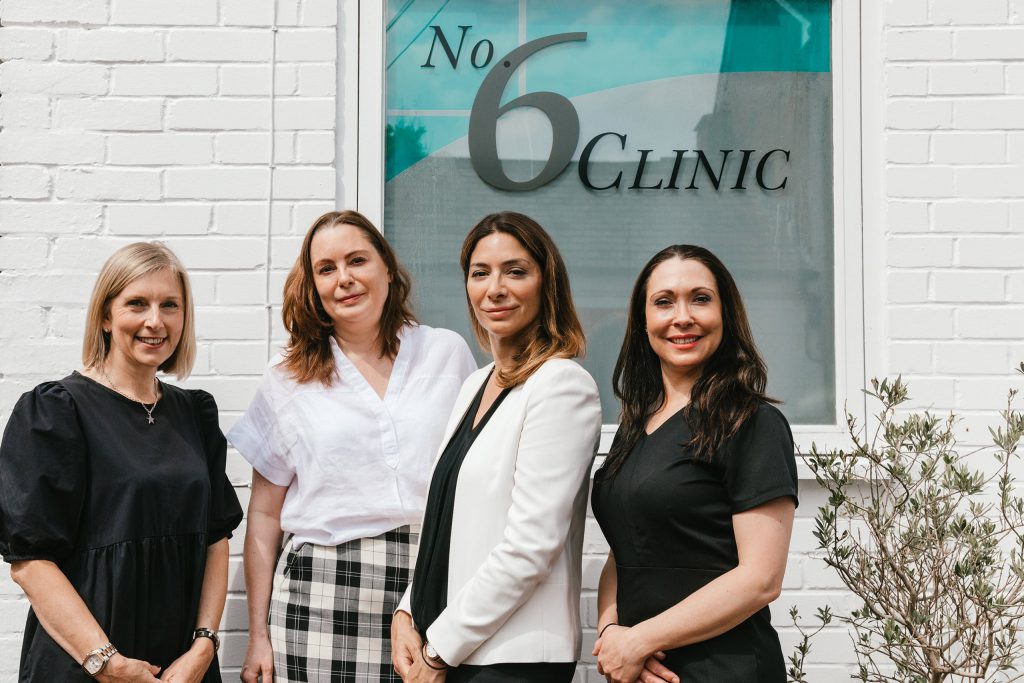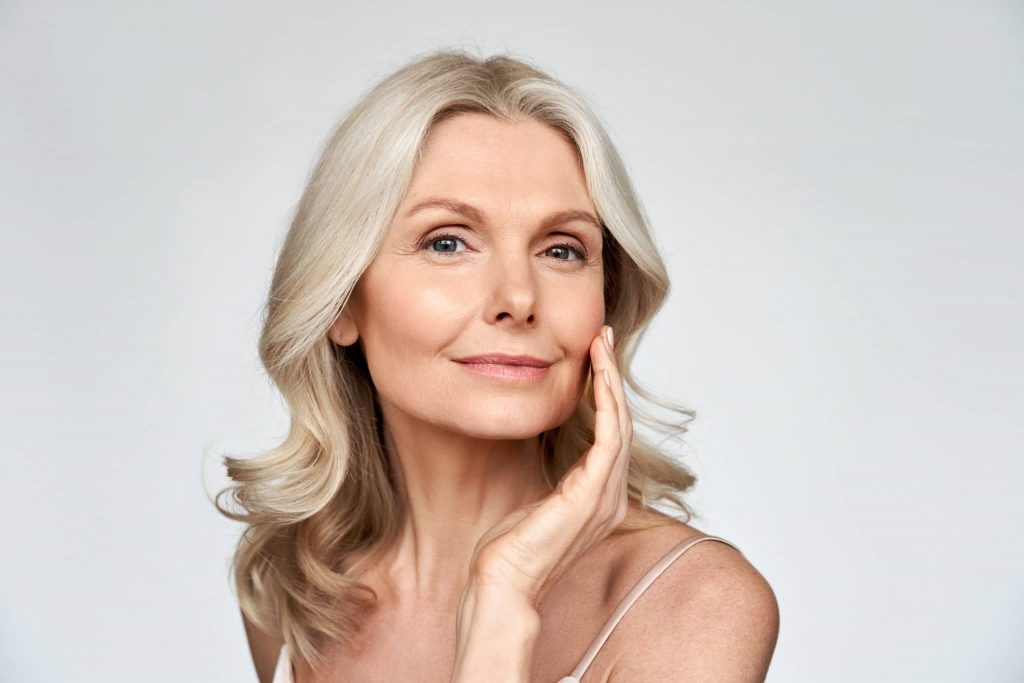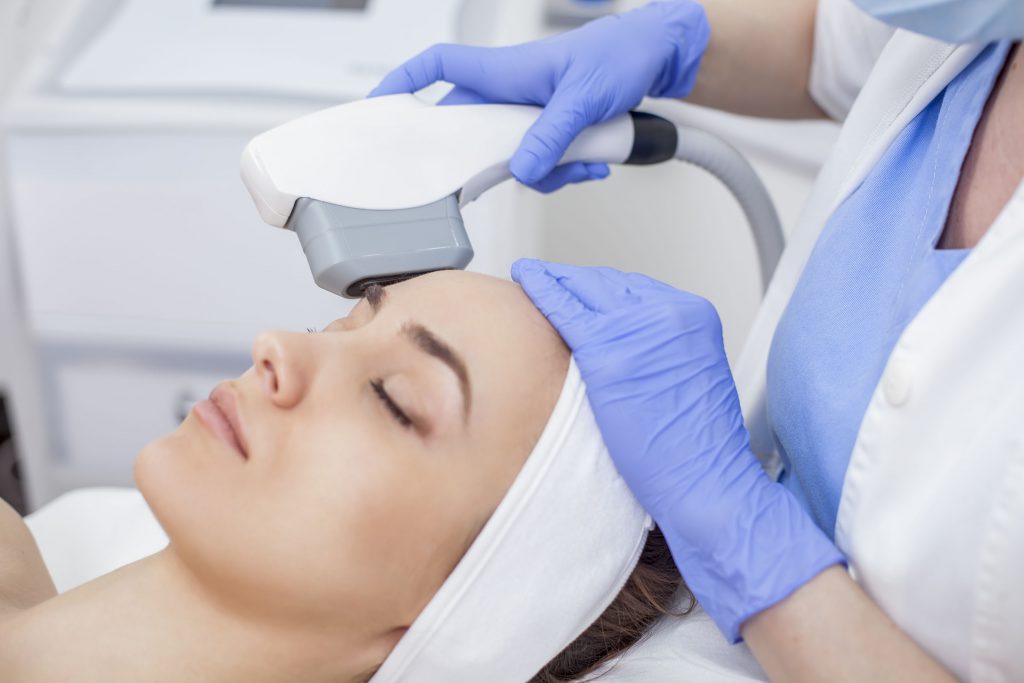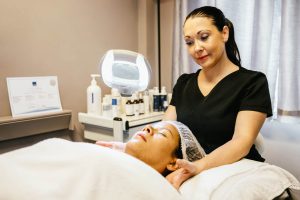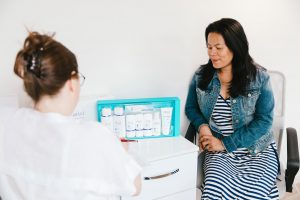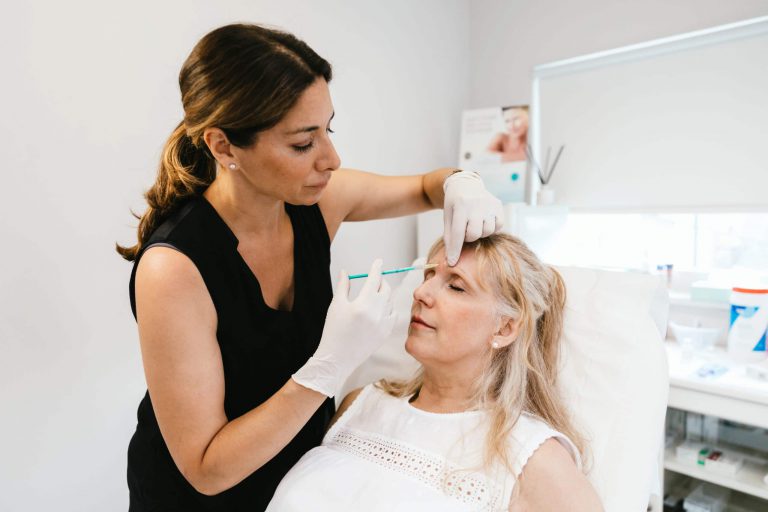IPL Treatments
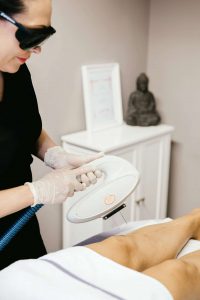
IPL Treatments in Tunbridge Wells
Tired of shaving or waxing? IPL (Intense Pulsed Light) treatments offer a long-lasting solution for unwanted hair. Our IPL technology targets hair follicles, reducing hair growth over time. Experience smooth, hair-free skin with our effective and comfortable IPL treatments. We specialise in removing hair from intimate areas and our aesthetician is highly trained and has 20 years experience in delivering the highest standard of IPL treatments. Complete discretion and confidentiality is guaranteed at our medical clinic.
Hair Removal
IPL Hair Laser Removal treatment at our Tunbridge Wells clinic is performed with highly specialised laser technology. Laser hair removal treatment is the removal of body hair using the laser technology. Hair generally grows all over the body, most is fine and barely noticeable, with other areas having thicker, more visible hair. IPL Laser hair removal uses laser light pulses to destroy hair follicles by targeting the melanin (colour) in them. The pigment in the hair follicle absorbs the laser’s light pulse, which damages the follicle enough to significantly delay hair regrowth. The laser delivers an intense beam of light, which is absorbed by the hair follicle whilst the surrounding skin remains unaffected.
Please book in for a FREE 30 min consultation (patch test £50, refunded on treatment taken) to assess suitability for treatment and answer any questions you may have. All treatments are carried out under medical supervision. Client’s dignity, confidentiality and safety is maintained at all times at No.6 Clinic®.
Light is selectively absorbed by melanin (the pigment hair follicles). The light energy heats the pigment and effectively destroys the hair follicle without damaging the surrounding skin cells.
The Intense Pulsed Light or laser is positioned on the skin and a short pulse of light is released, which targets many follicles simultaneously. The applicator is then moved to the neighbouring area of skin and the process is repeated until the required area is treated. For Intense Pulsed Light treatment a thin layer of chilled gel is applied to help guide the light, but this is not required for a laser procedure.
Most people are suitable for this treatment. Best results are often achieved with clients who have fair skin and dark hair. Dark hair is more easily treated as it has a high concentration of melanin. Fair hair however, contains less melanin and is harder to treat. Grey/white hair has no melanin so is not suitable for treatment.
Treatment sensation varies but is often described as a ‘flick of an elastic band’. Typically no anaesthesia is required and most clients describe the discomfort as moderate and tolerable.
The hair follicles are damaged by heat but the hairs remain in the follicles. The dead hairs shed after 1-3 weeks as the epidermis renews. During this period the hairs will seem to ‘grow’ as they are pushed out by the new epidermis.
The skin may be red immediately after treatment and the hair follicles may be swollen and bumpy but this usually subsides within a few hours. Adverse reactions are rare but may include a small blister, or temporary lightening or darkening of the skin.
Only hair that is actively growing is affected, therefore multiple treatments are needed. Treatment is conducted every 4-8 weeks, depending on the area treated, until a satisfactory result is seen. The required number of treatments varies, but typically 6 or more treatments are needed for optimum results.
Treatments can take as little as ten minutes to an hour, depending on the size of the treated area.
Prior to treatment, a consultation is conducted in which a medical history is taken to confirm suitability for treatment, there is also an opportunity for any questions you may have to be answered. Before treatment commences you must provide written consent and a small test patch will be carried out.
A 30 min consultation and patch test charged at £50 (refunded on treatment taken) is required before all IPL treatments. Please call 01892 240120 and book in with aesthetic nurse Samantha Clarke.
FACE | Approx Treatment Time |
| Cost Per Session | Cost Of 6 Full Price Treatments | 20% Off Course Of 6 Sessions |
Centre Brow or Earlobes | 15 Mins | F | £45 | £270 | £216 |
Upper Lip | 15 Mins | F | £55 | £330 | £264 |
Chin or Sides of Face | 15 Mins | F | £70 | £420 | £336 |
Lip & Chin or Jawline & Chin or Neck | 30 Mins | F | £95 | £570 | £456 |
Jaw, Chin & Upper Lip | 30 Mins | F | £110 | £660 | £528 |
Full Face | 45 Mins | F | £145 | £870 | £696 |
Full Face & Front Neck | 60 Mins | F | £165 | £990 | £792 |
BODY |
|
|
|
|
|
Fingers or Nipples or Navel Line or Toes | 15 Mins | F | £65 | £390 | £312 |
Hands or Feet | 15 Mins | F | £75 | £450 | £360 |
Underarm | 15 Mins | F | £95 | £570 | £456 |
Bikini (Standard) or Buttocks | 30 Mins | F | £120 | £720 | £576 |
Bikini (Brazilian) or Lower Arm or Abdomen or Upper Arm or Lower Back | 30 Mins | F | £150 | £900 | £720 |
Bikini (Full) | 45 Mins | F | £180 | £1080 | £864 |
Full Arm or Lower Leg | 45 Mins | F | £200 | £1200 | £960 |
Upper Leg | 45 Mins | F | £220 | £1320 | £1056 |
Upper Leg (Incl. bikini) | 60 Mins | F | £250 | £1500 | £1200 |
Full Leg | 90 Mins | F | £300 | £1800 | £1440 |
Full Leg (Incl. bikini) | 1 Hr 45 Mins | F | £350 | £2100 | £1680 |
FACE |
|
|
|
|
|
Earlobes or Centre Brow | 15 Mins | M | £45 | £270 | £216 |
Upper Cheeks | 15 Mins | M | £65 | £390 | £312 |
Front or Back Neck | 15 Mins | M | £95 | £570 | £456 |
Front & Back Neck | 30 Mins | M | £130 | £780 | £624 |
Beard | 30 Mins | M | £140 | £840 | £672 |
Beard & Front Neck | 45 Mins | M | £165 | £990 | £792 |
BODY |
| M |
|
|
|
Hands or Feet & Toes | 15 Mins | M | £75 | £450 | £360 |
Underarm | 15 Mins | M | £95 | £570 | £456 |
Buttocks | 30 Mins | M | £110 | £660 | £528 |
Lower Arm or Chest or Stomach | 30 Mins | M | £140 | £840 | £672 |
Whole Arm or Full Back (only) or Shoulders & Upper Arm | 60 Mins | M | £250 | £1500 | £1200 |
Chest & Stomach or Lower Leg | 60 Mins | M | £250 | £1500 | £1200 |
Upper Leg or Full Back (Incl. Shoulders But Not Arms) | 75-90 Mins | M | £300 | £1800 | £1440 |
Full Leg | 90 Mins | M | £400 | £2400 | £1920 |
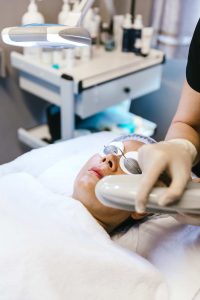
Skin rejuvenation
Intense Pulsed Light systems release precisely controlled short pulses of filtered light that stimulate the fibroblast cells within the skin that produce collagen and elastin. In addition, specific lesions such as thread veins, age spots and freckles can be targeted resulting in a more uniform complexion. The skin becomes firmer, appears more radiant and enlarged pores are reduced. Nd:YAG Laser may be selected to target deeper lines and to promote further collagen production.
The skin is thoroughly cleansed, and a mild relaxing skin peel, or microdermabrasion is often performed before the Intense Pulsed Light or Laser treatment to maximise the results. Exfoliating the skin to remove the top layers of dead skin leaves the skin feeling smooth and soft. A thin layer of chilled gel is applied to the area to guide the light into the skin. The light applicator is placed onto the skin and a short pulse of light is released. The handpiece is then moved to the neighbouring area and the process is repeated until the entire area is treated. The chilled gel is removed and the area cooled. During treatment protective eye wear will be provided.
Yes, treatment is suitable for most people except for very dark skinned or tanned individuals.
Treatment is mildly uncomfortable, no anaesthesia is required though and most people describe the discomfort as moderate and acceptable, not unlike a quick pin prick.
The skin may be quite red and slightly swollen after treatment but this usually subsides quickly. Very rarely a small blister may form and there can be temporary lightening or darkening of the skin. However, most people experience no side effects and any skin reaction usually disappears within a few hours.
Redness and a slight warming sensation are normal after treatment. A cooling pack is applied after treatment to calm the skin. You may see a darkening of any pigmented spots before they flake off, leading to a more even skin tone. Tightening of the skin should increase over the following months as new collagen is produced within the dermis.
Treatments are carried out every 2 to 3 weeks and 6 treatments are recommended for best results. Thereafter, top-up sessions are performed as required, but typically once or twice a year.
A facial treatment, including a skin peel or microdermabrasion usually takes about 45 minutes.
Prior to treatment you must first undergo a consultation where details about your medical history are obtained in order to confirm suitability. Before proceeding you will be asked to sign a consent form and undergo a test patch.
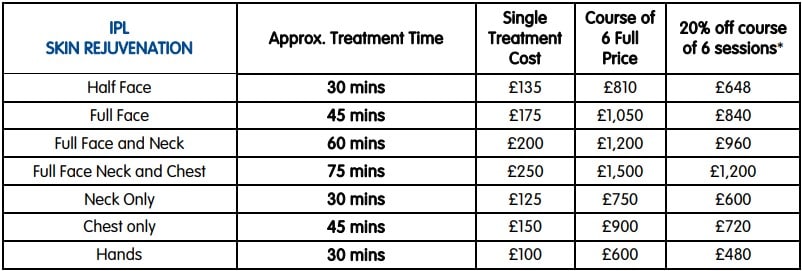
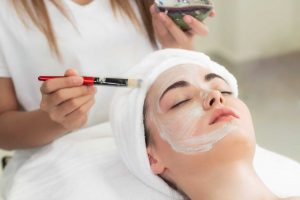
Acne Treatment
The light emitted from the Intense Pulsed Light system directly targets overactive sebaceous glands, greatly reducing the total number and severity of active lesions, and lessening the inflammation and occurrence of break-outs. The light stimulates the production of new collagen to improve skin texture, and can also reduce the appearance of red or brown areas of skin that are often associated with acne breakouts.
A layer of chilled gel is applied to the skin to help guide the light. The light guide is placed onto the skin and a short pulse of light is released. The applicator is passed over the skin several times before moving onto the neighbouring area, and the process is repeated until the whole area is treated. Each pulse of light treats a large area of skin and so the duration of the treatment is very short. The gel is removed and the skin is moisturised. During treatment protective eye wear will be provided.
Almost everyone can be treated, apart from very dark skinned or tanned individuals. If you are pregnant or taking certain types of acne medication it is best not to undergo laser or Intense Pulsed Light treatment.
Treatment is mildly uncomfortable but no anaesthesia is required. Many people describe the sensation as similar to the flick of an elastic band.
Immediately after treatment the skin may appear red and a warm tingling sensation may be felt. Typically the skin is cooled to ease any discomfort and a calming gel is applied.
The treated area can become quite red immediately after treatment but this usually disappears within a couple of hours. Most people experience no other side effects but very rarely a small blister could form or the skin may become temporarily lighter or darker.
A typical treatment session is approximately 30 minutes. Intense Pulsed Light treatment may be combined with glycolic acid facial peels or microdermabrasion for maximum results.
The number of treatments necessary varies from person to person, but typically 6 Intense Pulsed Light and 6 exfoliating treatments will result in a significant improvement. Intense Pulsed Light treatments should take place fortnightly with a glycolic acid peel or microdermabrasion treatment in between Intense Pulsed Light sessions.
Prior to treatment you must first undergo a consultation where details about your medical history are obtained in order to confirm suitability. Before proceeding you will be asked to sign a consent form and undergo a test patch.

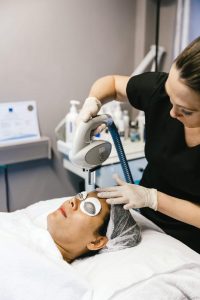
Pigment Removal
Light is released in short pulses that are readily absorbed by the high concentration of melanin found within pigmented lesions. The rapid absorption of light energy heats the melanin and causes the destruction of the melanin-rich cells.
The light applicator is placed on the skin and a short pulse of light is released. The applicator is then moved to the neighbouring area and the process is repeated
until the entire area is treated. With Q-Switched Laser treatments due to the power of the Laser energy delivered into the skin, a small amount of pinpoint bleeding may occur during the treatment, and a dressing may be applied after the treatment to protect the skin while it heals. During treatment protective eye wear will be provided.
Most people are suitable for treatment except for very dark skinned or tanned individuals. However, large, dark, mottled or raised pigmentation cannot be treated and may need to be checked by a dermatologist. Large, dark moles should not be treated, nor should lesions covering a large part of the body. The pigmented marks that respond the best are superficial lesions such as those caused by sun damage (sun spots) and freckles.
Most patients describe the discomfort as mild and tolerable and no anaesthesia is required.
The treated area may feel warm and sensitive for the first few days post treatment. The lesions may darken and may appear more obvious before they fade and ‘flake’ away.
Sometimes an initial whitening of the area is seen which quickly fades and the pigment gradually fades over the following few weeks.
The skin that surrounds the pigmented lesion may become red immediately after treatment. Most people experience no other side effects and the redness usually disappears within hours to a few days. Very rarely a small blister may form or the skin may become temporarily lighter or darker.
The length of each treatment will depend on the type and size of lesion present, but a typical session will take 10 to 30 minutes.
The number of treatments will depend on the type and size of the pigmented lesion but typically 1 to 3 sessions are required at 4 to 6 week intervals.
Prior to treatment you must first undergo a consultation where details about your medical history are obtained in order to confirm suitability. Before proceeding you will be asked to sign a consent form and undergo a test patch.
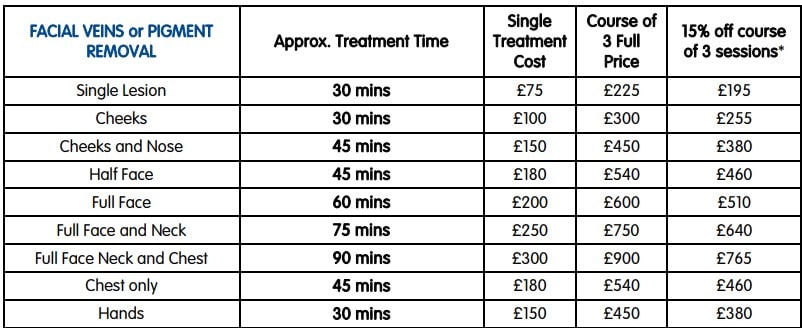
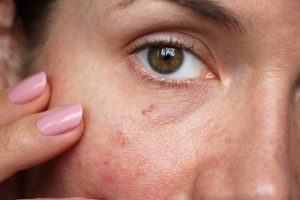
Red Vein Removal
Light energy is applied to the skin where it is readily absorbed by blood vessels, heating them to a point where they are destroyed. Following treatment, the vessels quickly clear as they are reabsorbed by the body, leaving little or no trace of the original lesion.
Most red skin lesions, including facial thread veins, rosacea, spider naevi, and port wine stains, can be treated very successfully. Depending on the lesions, leg vessels can also respond well to treatment.
The light applicator is placed on the skin and a short pulse of light is released. The applicator is moved to the neighbouring area and the process is repeated until the entire area is treated. During treatment, protective eyewear will be provided.
Treatment is suitable for most people. Best results
are obtained for those with fair skin, and there is less
chance of side effects.
Treatment is mildly uncomfortable but there is no need for anaesthesia and the procedure is actually quite quick. Sensations vary but most describe it as a very quick hot pin prick.
After treatment the area may feel warm for a few hours. Rarely, some delicate skin areas such as the cheeks or décolleté can be red and slightly swollen for up to 48 hours. Though very rare, there is a chance a small blister may form and there could be temporary lightening or darkening of the skin.
Treatments typically take from 15 to 45 minutes, depending on the type and size of lesion.
Typically 3 to 5 treatments are needed for optimum results, though small lesions may clear in just a single session. Repeat treatments are spaced every 4 to 6 weeks.
Prior to treatment you must first undergo a consultation where details about your medical history are obtained in order to confirm suitability. Before proceeding you will be asked to sign a consent form and undergo a test patch.
